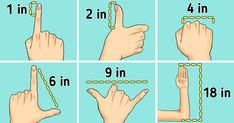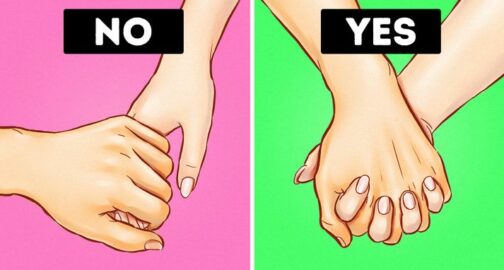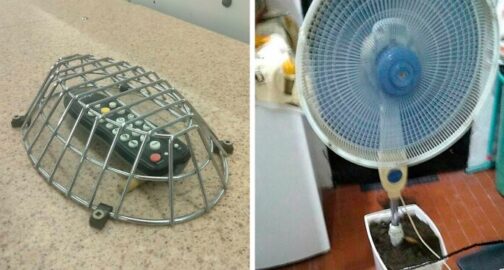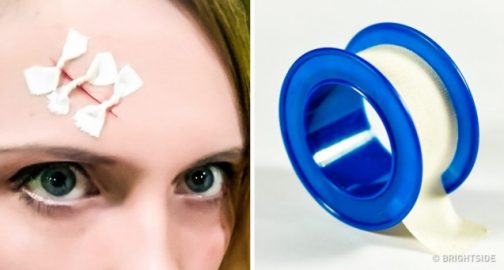
Our parents, school teachers, and the internet have been telling us about first aid since childhood. Among all these pieces of advice, it’s hard to understand where there is truth and where there are lies. This information can cost someone their life, so you must figure out how to help people and what things you should never do.
We at Bright Side have collected a few of the most common first aid mistakes and things that should never be done. We hope that neither we, nor you, will ever be in a situation when these skills are necessary, but you should know them anyway. Just in case.
Myth № 8. You should put oil on a burn.
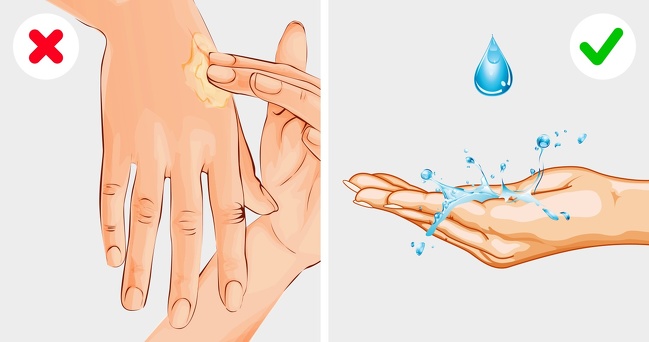
Our grandparents taught us this, but doctors disproved this myth a long time ago. Oil and ointments create a film and don’t let the burn heal. To speed up the healing process, you should put the burned spot in cold water for 15-20 minutes and let the wound dry. You can put special medicine on the burn, but you must wait until the next day.
Myth № 7. The most important thing is to make a tourniquet, and it doesn’t matter how.
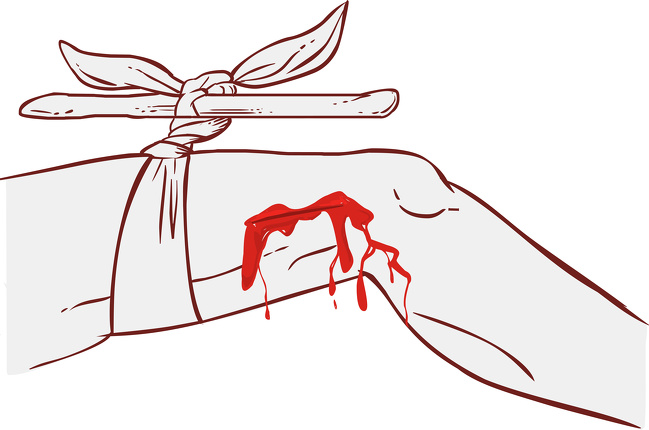
It may be true that more people died because of bad tourniquets, than because of losing blood. The most common mistake is putting the tourniquet right on the skin. You should never do this because this may damage the skin severely. The second mistake is putting a tourniquet on for a very long time. At least once an hour, or even better, every 20 minutes you should loosen the tourniquet to let the blood flow to the limb. If you don’t do this, the limb may have to be amputated.
Myth № 6. Move a person from the road who got hurt in a car accident.
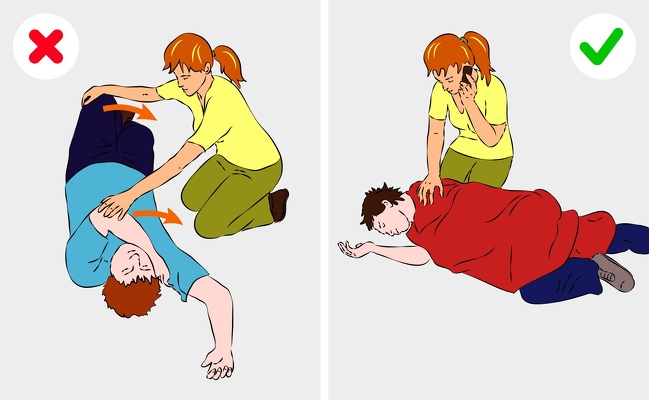
You should never do this because the injured person may have a spinal cord injury. Any movement can lead to a disability or even death. In this situation, you should call an ambulance and put something around the person to make sure that other drivers can see the obstacle from far away.
Myth № 5. To put a splint on, you need to straighten the limb and tie it to a stick.
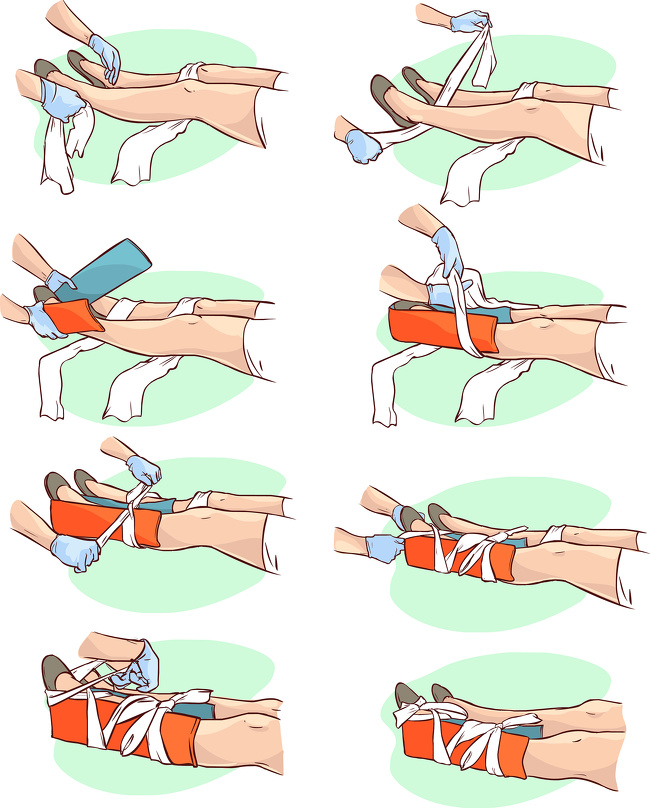
You should never straighten broken limbs. What you should do is immobilize the two closest joints. And then, put the splint on in such a way that the injured person doesn’t have to straighten the limb.
Myth № 4. Medication in a first aid kit won’t make things worse.
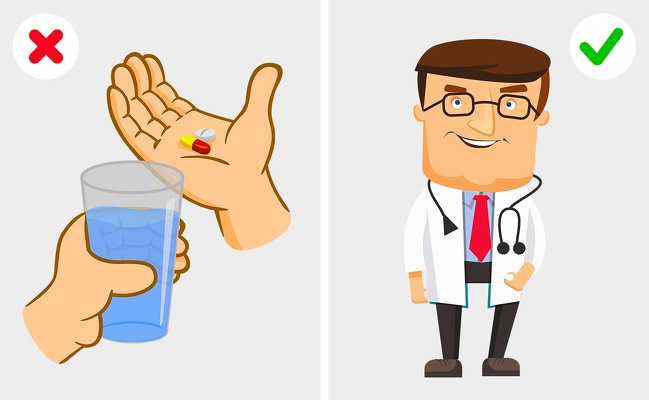
If a person is unconscious, you can’t give them any medication, even if it’s something that they usually take. Every person is different and they may be allergic to even the most harmless pills. Wait until a medic arrives and try to help without pills.
Myth № 3. Alcohol can be used as anesthesia.
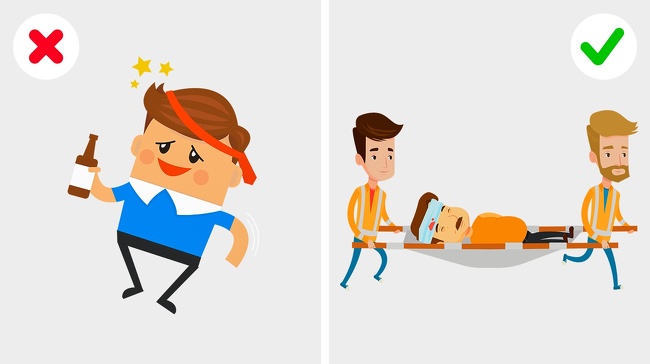
Using alcohol as anesthesia is a well-spread myth. Alcohol makes the blood more liquid and only intensifies bleeding. The alcohol that surgeons gave to their patients in the 18th and 19th centuries was the reason for so many deaths. Besides, hard liquor causes intoxication of the weakened body and decreases the effect of medical anesthesia.
Myth № 2. If someone loses consciousness, you should make them come back to their senses as fast as possible.
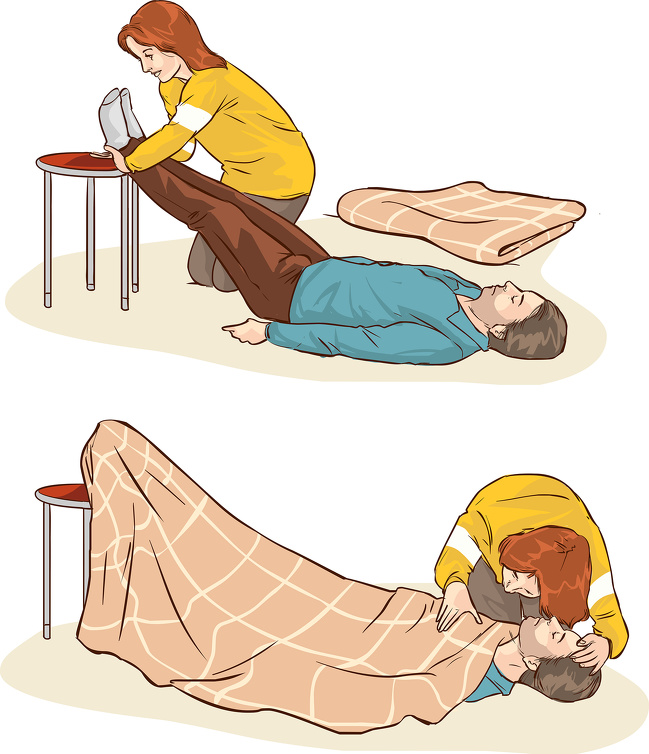
This is completely wrong. Fainting is the body’s defense mechanism, and a kind of rest. It usually lasts for 1-5 minutes. If you pour water on a person’s face or slap them on the cheeks, you can make the situation worse and even lead the person into a coma. When a person faints, you should prop up their legs and wait for about 5 minutes. If the person doesn’t come to their senses, you should call an ambulance, and roll the person on their side so that they don’t swallow their tongue.
Myth № 1. You should help no matter what it takes.
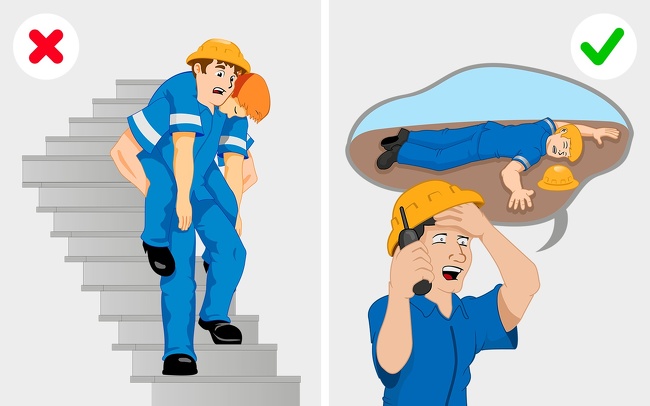
No matter how sad it might sound, you shouldn’t always help. First, you need to make sure that you are out of danger. If you are in danger, you need to make the situation safe. If you can’t make it safe, get out of the dangerous area and call a professional rescue team.
Bonus: how to do makeshift stitches
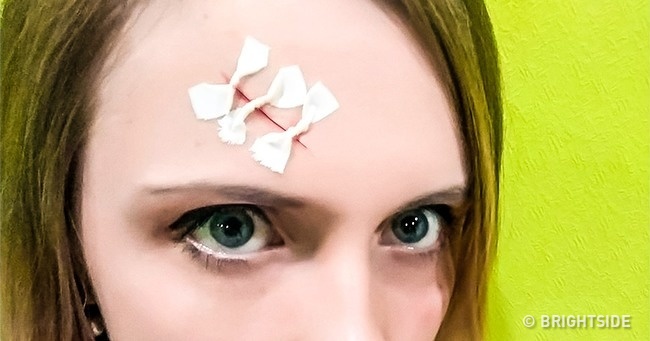
If a wound is deep and stitches are needed and the nearest doctor is miles away, you can improvise and put on some stitches yourself. In order to do this, cut a band-aid into thin strips and roll them in the middle. After that, squeeze the sides of the wound with your fingers and secure them with the band-aid strips like stitches. You should still see a doctor, but the bleeding should stop and chances are there will be no scars.
Do you know any first aid facts or myths? Share them with us, because they could save someone’s life.



